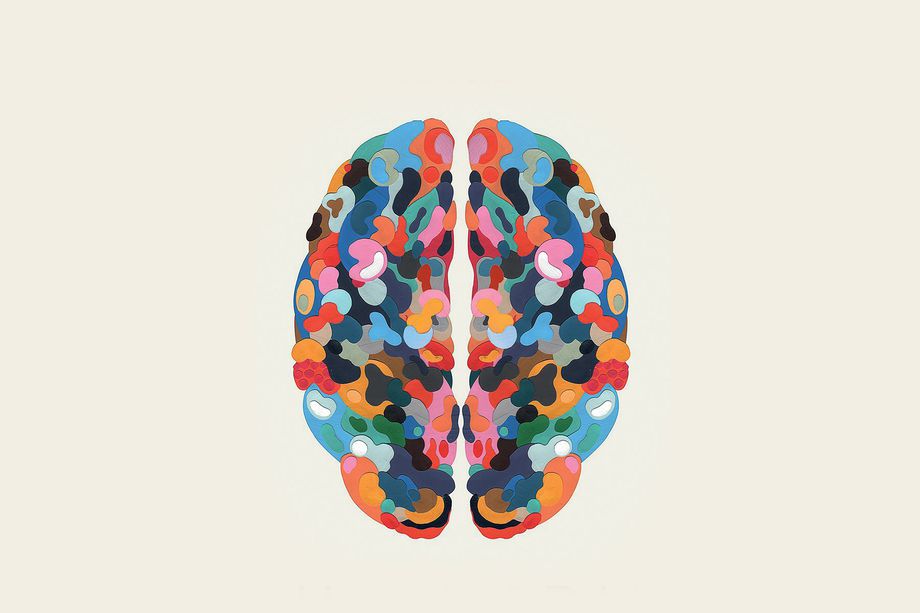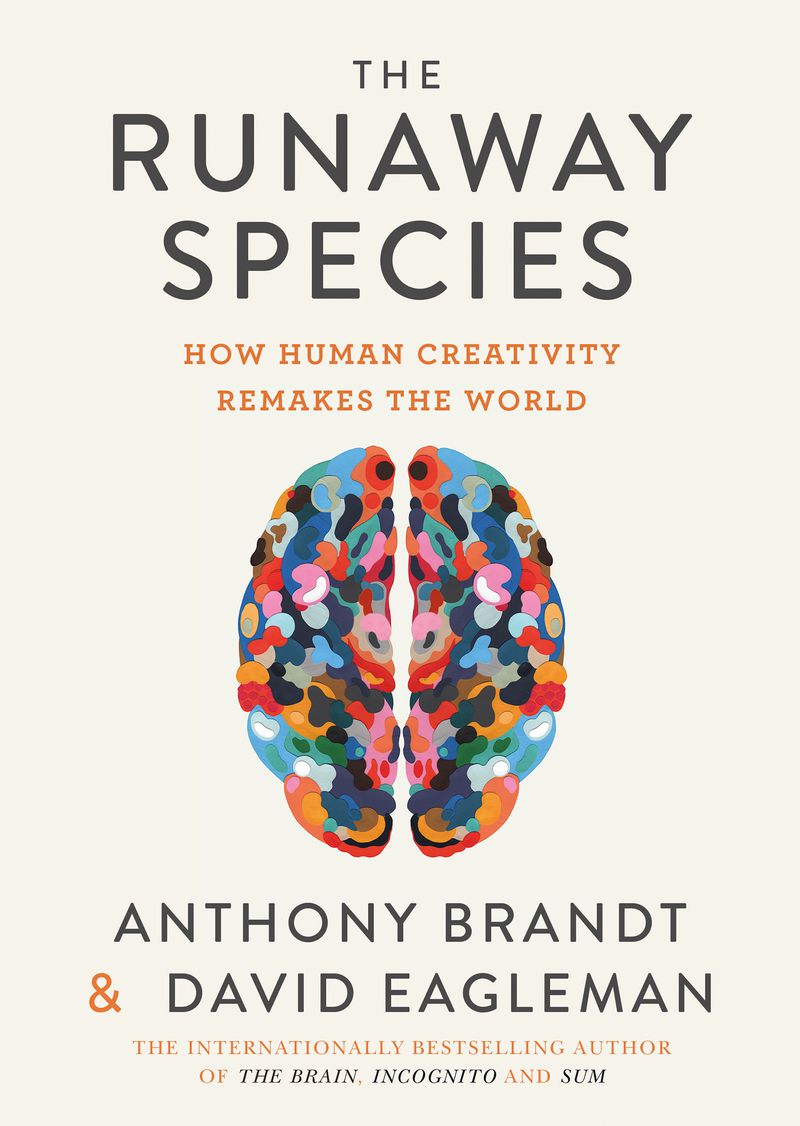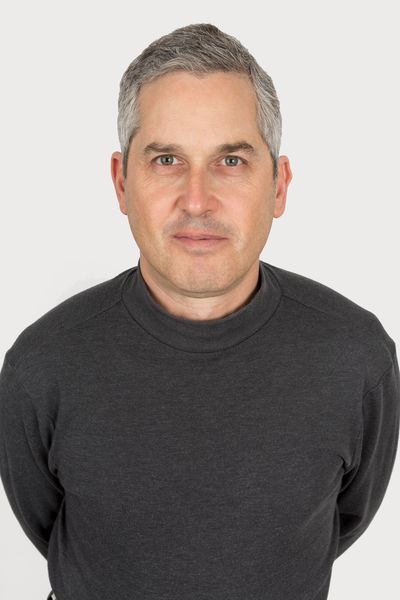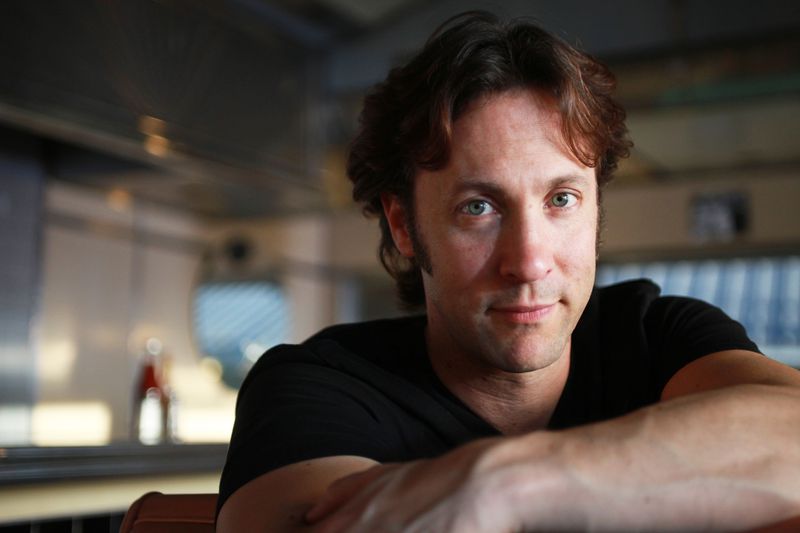Neuroscientist David Eagleman and composer Anthony Brandt explain how creativity works

What makes people special? In a sense, the thumb and larynx, says neuroscientist David Eagleman , but much is connected with our ability to be creative and constantly come up with new ideas.
Eagleman, a Stanford University professor and writer, collaborated with the composer and professor of Rice University Anthony Brandt in writing the book The Runaway Species: This Year's Catapult. Throughout the book, which is filled with photographs and illustrations, they explain the three main components of creativity: the curving elements (from Frank Gehry), the blending elements (blur), and the breakdown (Picasso).

The Verge spoke with Eagleman and Brandt about how these processes work, about the relationship between creativity and quality, and about their own favorite examples of creativity. The interview was slightly condensed and edited for clarity.
The Verge : David, you're a neuroscientist, and you, Tony, a composer. How did this collaboration come about?
Brandt : David and I met just over ten years ago. We became friends, and a few years later, David spoke at the Music and Mind conference. I wrote a work based on his story The Founding Mothers , which traces the maternal line in history, and we met at the forensic medical center, just to talk about ideas. We had a three-hour lunch, and we found that we agreed on 99 percent, and at the end of this conversation, David said that we should write a book about it together .
Eagleman : The best thing is that we come from different points of view. Tony is very interested in the brain, and I am very interested in art, but we live in different worlds, and it is so exciting that our views converge. We were not going to write something, you know, “here's a tip on how to be creative ...”, in part because people are so different from each other in what works for one person and what works for another. We were interested in what lies at the heart of creativity. What happens that makes us delve into ideas and act out different versions of these ideas?
The Verge : So your argument is that we always bend, mix and break. How did you come up with these three techniques? What was the research process that led to them?

Composer Anthony Brandt
Brandt : We just looked at different disciplines, based on what we knew. It looks like these three strategies were quite comprehensive. Interestingly, nobody said in our presentations, but what about X? They could not come up with something that was not in any way connected with these three strategies. In music, bending is a theme in variations, simply taking the original and reworking it in some way. Breaking is a fragmentation of a theme, its motives. And mixing can be a counterpoint where you play multiple tunes at the same point. What we have discovered as far as research is concerned, these basic principles can be rethought and reapplied and, as it were, endlessly applied to ourselves.
The Verge : David, are there neurobiological correlations for each of these operations?
Eagleman : It's not clear how the brain does this. At the moment we do not know much. This is not a basic question, for example, how are the inputs stored? This is what awaits the best technologies and future discoveries.
The Verge : I see. Can you really separate these three methods?
Brandt : Our argument would be that these three cognitive strategies are always intertwined. Usually they do not exist in their pure form, but you can emphasize the presence of one or the other as important for a particular thing. It is difficult in real life to separate them.
Eagleman : This is the basic cognitive software that works in our brain. What we value in our computers is that when we save a file and open it after two years, it does not change. But the really wonderful part of the human brain is that you place information in it, and it constantly collides with other information, mixes and grinds with other things, and in this way we constantly generate a stream of new things.
This is what separated our species from each other. Obviously, a little bit of the role fell on the thumb and larynx, but the main thing is in the huge mixture of ideas that we have. We constantly evaluate new ideas. Most of them are rubbish, but sometimes something valuable is created for our society.
The Verge : What about taste? There are many things, such as the art of performance, that people would call “creative”, but also say that it is bad. How should we evaluate? And how do we know how much we should be creative, and can we be “overly” creative?
Brandt : We describe creativity as a kind of conversation between personal impulse and the community that sees it. Community opinion can be fickle. Therefore, we warn you against any attempts to judge, especially children, and to do any selection process based on different tests when they are five.
Eagleman : It’s impossible to know in advance how far you have to go. The theme that we pursued is that a truly important goal for individuals, companies, and others is to cover the whole range of options, where some of the things you create are relatively close to community standards, while others are unusual and far away. When the automaker makes a concept car, it's super unusual, but that doesn't mean that they are going to build this concept car, usually this is a way to push the boundaries. Clothing manufacturers are doing ordinary, but also high fashion, because you can't know in advance how far you should be from community standards. It is important to feel the boundaries of the possible.
The Verge : One thing you are discussing is the myth of a brilliant loner, when research again and again shows that we are social beings, and creativity occurs in a social environment. Why is this myth so common?
Eagleman : It happens in all areas. As a society, I believe it is easier for us to understand the discovery as belonging to a specific person and name, but it is important to know that it always arises from a common pool of ideas.
Brandt : If you are going to develop creativity, especially in children, you should have a more accurate idea of what is associated with it. The mythology of a brilliant loner is all about novelty, and not about the tension between novelty and familiar things and not about the relationship between time, place and the person working in it. This lone myth creates a distorted idea of the direction of thinking in people, what do I need to do to be more creative? We affirm that you are exploring the world around you, set yourself problems that mean something to you, constantly generate new solutions, and do not treat anything as the end point. This is a more sustainable and more effective way to live a creative life than one that is based on myths.
The Verge : What about education? Are there ways to teach creativity in different areas?
Eagleman : Intriguing in art and science, something that they can easily be taught wrong. Even if schools teach art, it does not mean that children actually learn creativity. They can learn about past masters and how to draw like them, but everything they do is an exercise in copying. And on the other hand, in a math course you can be unusually creative. So, the main thing in education is to teach creativity, making sure that students have basic knowledge that they use as a basis in their future work.

Neuroscientist David Eagleman
I am pleased to report that we are increasingly seeing this in the sciences. You learn the basics, go and do a project, your own thing. I live in Silicon Valley, where it happens all the time, and I think that now children have more opportunities than ever before to get access to world knowledge on the Internet and, starting from this, to create something new.
The Verge : What are your personal favorite examples of creativity?
Brandt : My favorite is Beethoven's Große Fuge . We tell the story of how Beethoven wrote this grand finale for one of his string quartets, and he is so nervous about the premiere, as will be accepted. He cannot be in the hall and goes to a bar across the street. And someone comes and says: the audience did not like it . But for me this is an educational example of creativity, all that you would like the human mind to do with some source material that he did, so I would give him a general assessment of 5+.
Eagleman : I met a guy who lost a hand in a work accident, so he had a prosthesis. And one of the interesting things is that the engineers who collected his new hand, understood that there is no point in the limitations that an ordinary hand has. Therefore, when it rotates it, it just continues to rotate. There are no tendons that hold it, so he can turn his arm 360 degrees and 720, and so on. When I met him and saw his hand, I thought what a wonderful example to take something from nature and improve . It looks like a flight: we look at the birds and try to come up with the wings of an airplane like they do, but then we change what we found in nature and implement the principles we liked in a better way.


All Articles